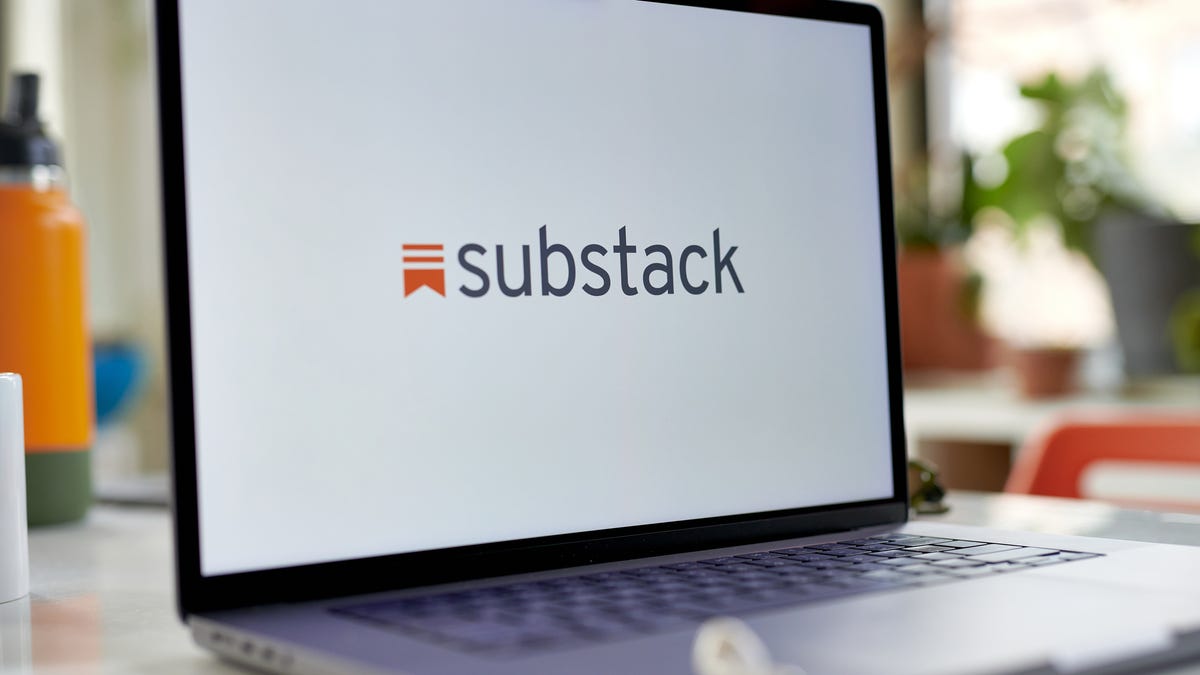On Substack, Substack Substacks YOU
The media industry needs a savior. Maybe the entire knowledge economy does. Enter Substack, the newsletter platform that punches far above its weight in cultural impact, despite its mere $650 million valuation. Launched in 2017 by Chris Best, Hamish McKenzie, and Jairaj Sethi, Substack presents a simple yet alluring opportunity: Journalists, writers, and other creators can monetize their audiences directly, free from the crumbling institutions of traditional media, while Substack earns a cut of their sales.
It’s a pitch tailor-made for the post-layoffs, post-bylines era. But even as the platform gains influence, it raises questions: Is Substack empowering writers to build sustainable careers, or is it just the latest iteration of pull-yourself-up-by-your-bootstraps optimism?
Ironically or not, Substack itself thrives on this ouroboros-like discourse. Nowhere is its meaning debated more intensely than on Substack itself, where new and established newsletter operators argue about the viability of newsletter operations. Meanwhile, the company courts creators through direct cash incentives, occasional six-figure advances, and most bizarrely, funding campaigns that rely on its own user base. One thing is for sure: Starting a Substack is itself becoming a crowded trade. For more on that, sign up for our Substack, simply read on.
By the digits
2 million: The number of paid subscriptions on Substack as of February 2023, doubling from November 2021.
$7 million: Annualized revenue generated by Substack’s top 10 publishers as of August 2021, reflecting the platform’s profitability for leading writers.
$7.8 million: The amount raised by Substack through a community fundraising round on Wefunder, allowing writers and users to invest directly in the platform.
$90.2 million: The total funding raised by Substack across five rounds, with notable investors including Y Combinator and Andreessen Horowitz.
$650 million: Substack’s valuation following its Series B funding round in March 2021, a significant increase from its $49 million valuation in July 2019.
Your inbox, their soapbox
As long as there’s been media, there’s been some form of media disintermediation — the process of bypassing traditional gatekeepers (such as publishers, broadcasters, or editors) to directly reach an audience. In the 15th century, the printing press enabled writers and activists to disseminate ideas without church or state control. In the 1770s, Thomas Paine pioneered the direct sale of Common Sense to reach a wider public. In the 19th century, penny press newspapers bypassed elite news outlets.
At first glance, Substack appears to be just another stop on this road — a slicker, digital-age printing press enabling direct connections between writers and readers. But its dynamics are more intricate, combining disintermediation and a subscription model with 21st-century network effects. Writers connect with their readers and with each other, building communities and amplifying their reach. Readers join multiple audiences, paying for content they don’t want to miss, and some may eventually start their own Substacks.
Proponents say these network effects give Substack an edge over competitors like Ghost and Beehiv by fostering a more interconnected, self-sustaining ecosystem. In 2023, Substack raised more than $7 million through a community round on Wefunder — not from venture capitalists, but from its own readers and writers, making the platform’s ecosystem even more self-referential. It’s a move that felt both brilliant and a bit surreal, much like Substack itself.
Quotable
“At the end of the day, talented, entrepreneurial writers with interesting things to say are finding audiences — and in many cases, paying audiences — to read and support their work. That’s a beautiful thing.” —Andrew Boryga, a journalist and author with a fast-growing Substack, in an email to Quartz.
Pop quiz
Which of the following writers famously turned down a six-figure Substack Pro advance?
A. Glenn Greenwald
B. Heather Cox Richardson
C. Roxane Gay
D: Matthew Yglesias
Check out the answer at the bottom of this email.
Brief history
2017: Founded by Chris Best, Hamish McKenzie, and Jairaj Sethi, Substack emerges as a platform for writers to monetize newsletters and bypass traditional media gatekeepers.
2019: Substack gains traction as prominent journalists like The Atlantic’s Andrew Sullivan start newsletters, inspiring others to jump ship.
2021: The platform begins offering six-figure “Substack Pro” advances to lure established writers, fueling debates about its sustainability and fairness to smaller creators.
2022: Substack raises $65 million in a Series B round, pushing its valuation to $650 million while shunning top-tier VC firms in favor of investing users.
2023: The platform’s influence dominates media circles, with writers debating its merits on Substack itself, as the platform boasts more than 35 million active free subscriptions.
Fun fact!
Substack’s “Substack Pro” program provides select writers with significant upfront payments to join the platform. For instance, in 2021 Substack offered a $250,000 advance to journalist Matthew Yglesias to launch his newsletter, Slow Boring.
Watch this
Substacks explains itself in this 2-minute YouTube video.
Take me down this 🐰 hole!
If you prefer not to read about Substack on Substack, Reddit’s r/Substack subreddit serves as a hub for discussions about the platform, including its features, controversies, and the broader implications of independent publishing.
Poll
Why do you think you haven’t been offered a six-figure Substack Pro deal?
- A) Because late capitalism only rewards the already famous.B) My Substack — How to Substack on Substack to Make Substack Work for You! — is just too ahead of its time.C) I refuse to sell out and offer paid tiers like some kind of corporate shill!D) Clearly, Substack executives haven’t read my 8,000-word essay on how they’re failing.
💬 Let’s talk
🐤 X this!
🤔 What did you think of today’s email?
💡 What should we obsess over next?
Today’s email was written by Catherine Baab, who writes her own Substack, Poe Can Save Your Life.
The correct answer to the pop quiz is C. Gay declined Substack’s Pro offer in 2021, citing ethical concerns about how Substack handled controversial content on its platform.

